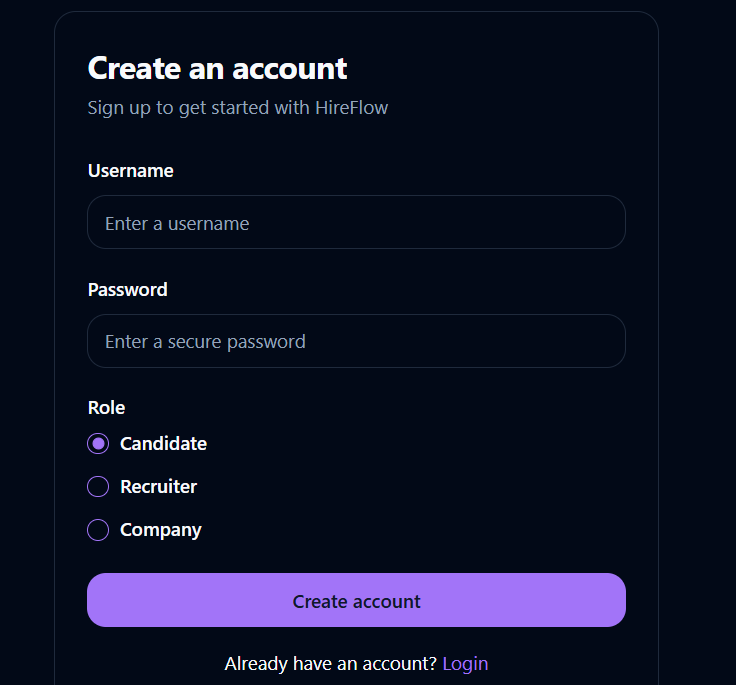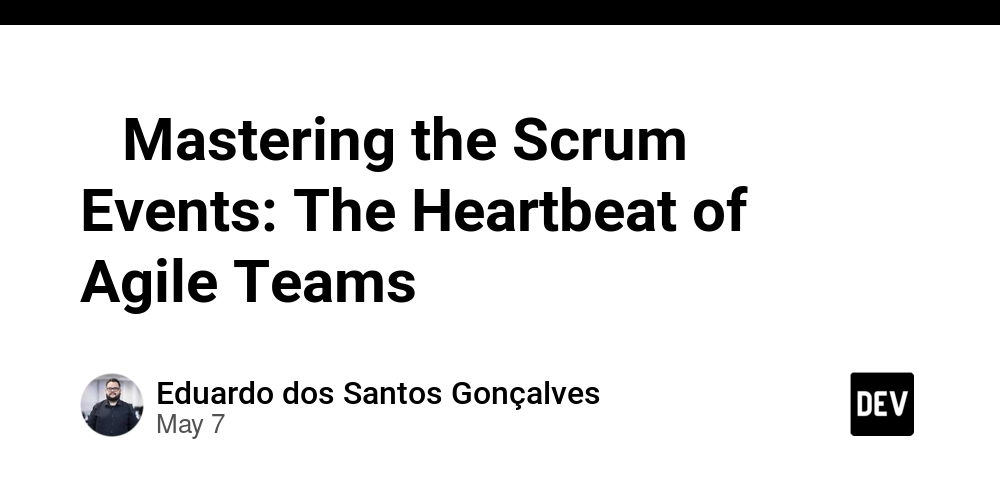Building Legal AI Tools: Challenges Developers Need to Know Before Writing a Single Line of Code
Legal tech is booming, but building for the legal industry comes with hidden technical, ethical, and compliance challenges..here’s what every dev should understand before jumping in. So you want to build the next AI tool that revolutionizes law? Great!!legal professionals need better, faster tools. But before you start coding your first legal document parser or compliance bot, there are real-world landmines to avoid. Legal data is often highly sensitive and subject to strict confidentiality rules (think attorney–client privilege or court-sealed documents). Scraping, storing, or even training on this kind of data without safeguards could expose you and your users to legal risk. Also, when your AI outputs a compliance decision (e.g., GDPR audit findings or AML flags), you're not just providing a "suggestion", you may be influencing legal liability. Many jurisdictions require explainability, auditability, and even human-in-the-loop systems. Legal language is dense, full of nuance, and jurisdiction-dependent. Two identical phrases may have opposite meanings depending on where and how they appear. Of course, you know there are already APIs and frameworks built for legal applications. Don’t reinvent the wheel. Legal professionals are risk-averse by design. They value clarity, documentation, and accuracy over speed. Your app’s UX must reflect that. If they can’t trust it, they won’t use it, no matter how smart it is. Are you building legal tech tools? What challenges have you run into? Drop a comment or connect—let’s push the future of legal AI forward, together.
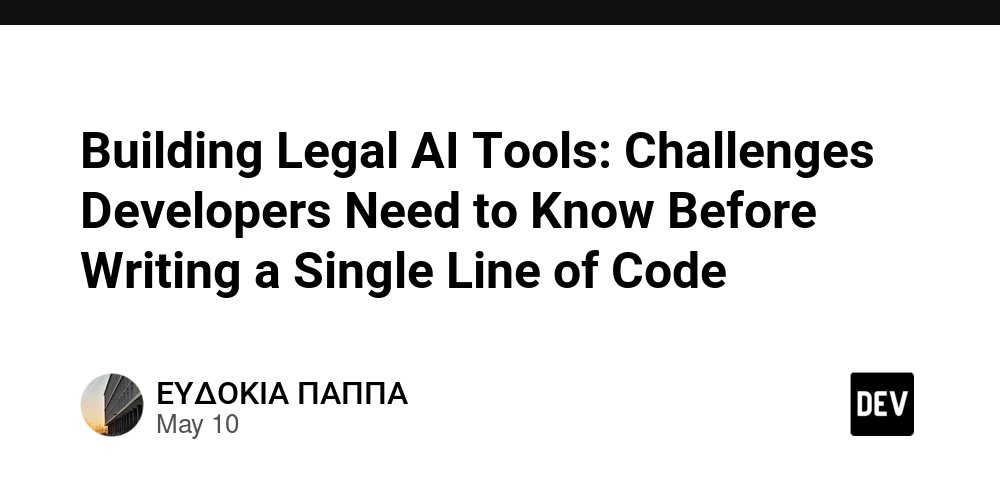
Legal tech is booming, but building for the legal industry comes with hidden technical, ethical, and compliance challenges..here’s what every dev should understand before jumping in.
So you want to build the next AI tool that revolutionizes law? Great!!legal professionals need better, faster tools. But before you start coding your first legal document parser or compliance bot, there are real-world landmines to avoid.
Legal data is often highly sensitive and subject to strict confidentiality rules (think attorney–client privilege or court-sealed documents). Scraping, storing, or even training on this kind of data without safeguards could expose you and your users to legal risk.
Also, when your AI outputs a compliance decision (e.g., GDPR audit findings or AML flags), you're not just providing a "suggestion", you may be influencing legal liability. Many jurisdictions require explainability, auditability, and even human-in-the-loop systems.
Legal language is dense, full of nuance, and jurisdiction-dependent. Two identical phrases may have opposite meanings depending on where and how they appear.
Of course, you know there are already APIs and frameworks built for legal applications. Don’t reinvent the wheel.
Legal professionals are risk-averse by design. They value clarity, documentation, and accuracy over speed. Your app’s UX must reflect that. If they can’t trust it, they won’t use it, no matter how smart it is.
Are you building legal tech tools? What challenges have you run into? Drop a comment or connect—let’s push the future of legal AI forward, together.










































































































































































![[The AI Show Episode 146]: Rise of “AI-First” Companies, AI Job Disruption, GPT-4o Update Gets Rolled Back, How Big Consulting Firms Use AI, and Meta AI App](https://www.marketingaiinstitute.com/hubfs/ep%20146%20cover.png)











































































































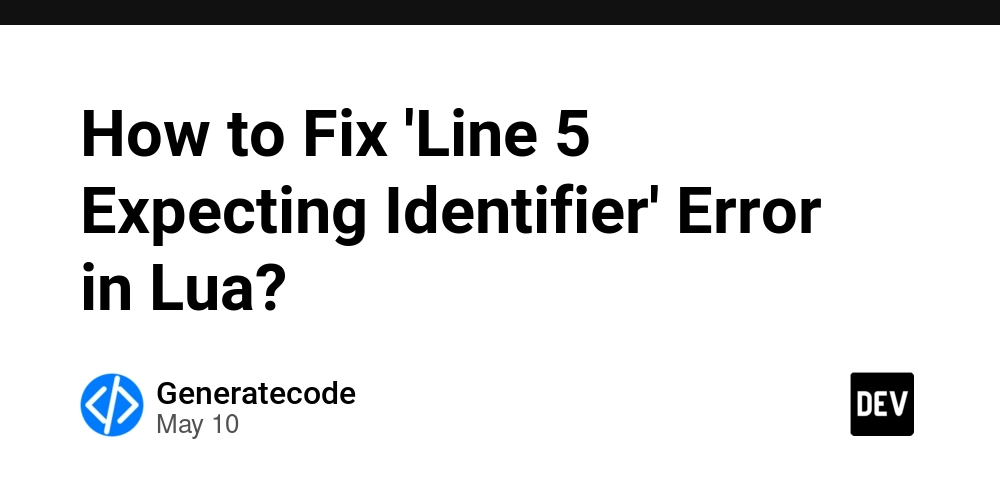















![[FREE EBOOKS] Offensive Security Using Python, Learn Computer Forensics — 2nd edition & Four More Best Selling Titles](https://www.javacodegeeks.com/wp-content/uploads/2012/12/jcg-logo.jpg)



![Ditching a Microsoft Job to Enter Startup Purgatory with Lonewolf Engineer Sam Crombie [Podcast #171]](https://cdn.hashnode.com/res/hashnode/image/upload/v1746753508177/0cd57f66-fdb0-4972-b285-1443a7db39fc.png?#)




























































.jpg?width=1920&height=1920&fit=bounds&quality=70&format=jpg&auto=webp#)



































































![[Exclusive] Infinix GT DynaVue: a Prototype that could change everything!](https://www.gizchina.com/wp-content/uploads/images/2025/05/Screen-Shot-2025-05-10-at-16.07.40-PM-copy.png)























































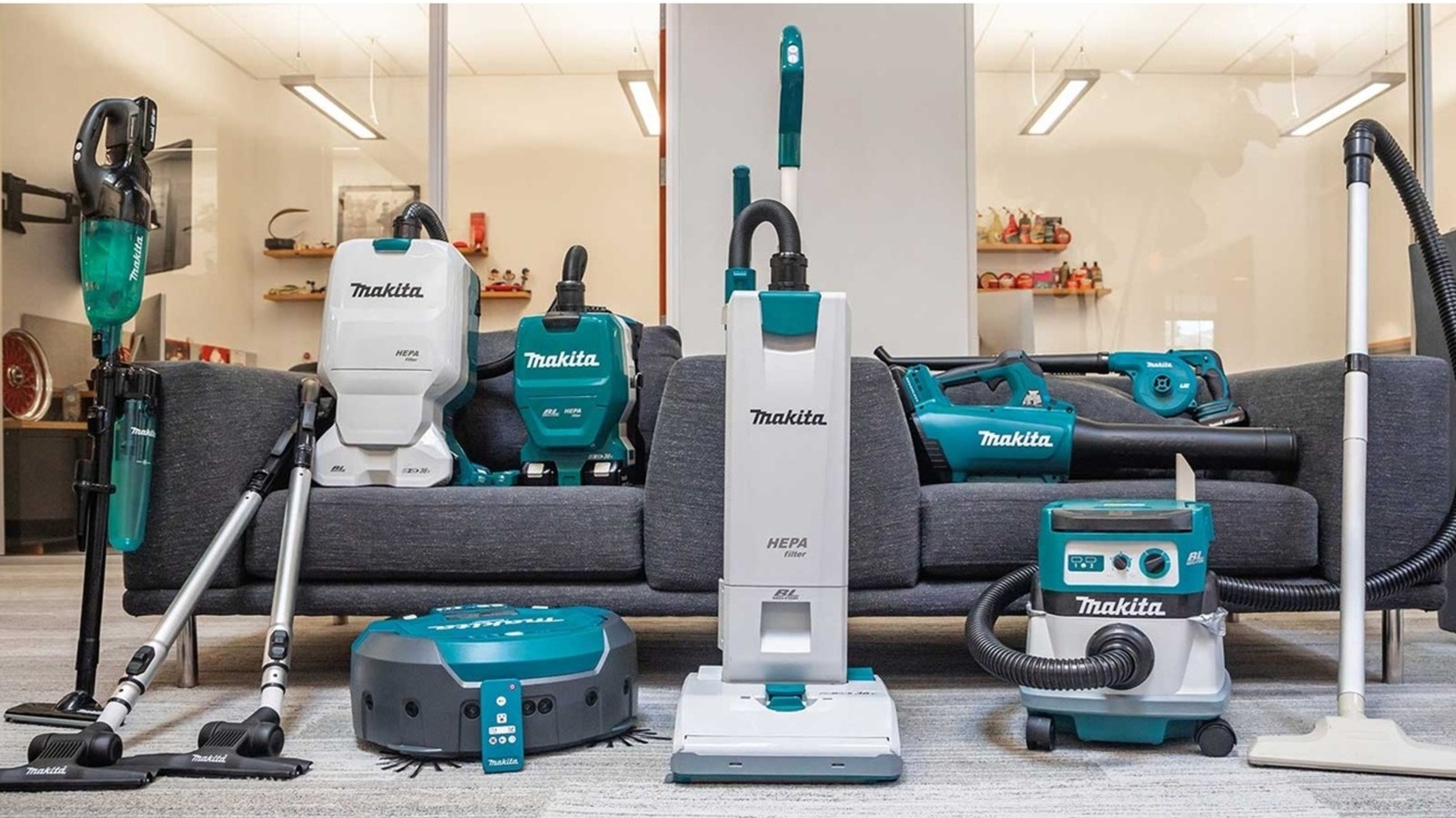








































-xl.jpg)




























![New iPad 11 (A16) On Sale for Just $277.78! [Lowest Price Ever]](https://www.iclarified.com/images/news/97273/97273/97273-640.jpg)

![Apple Foldable iPhone to Feature New Display Tech, 19% Thinner Panel [Rumor]](https://www.iclarified.com/images/news/97271/97271/97271-640.jpg)





























































































